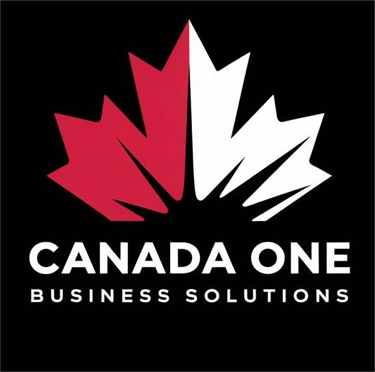Proud to Call Canada Home
Who Moved Canada’s Cheese?
Lessons for a Trade War.
3/10/20252 min read


In the classic business fable Who Moved My Cheese? by Spencer Johnson, four characters navigate a maze in search of cheese—only to find that their once-reliable supply has disappeared. The story serves as a powerful metaphor for change, adaptability, and resilience in the face of uncertainty.
Replace “cheese” with Canada’s trade with the U.S. and the maze with global markets, and we’re living this story. For decades, Canada thrived on U.S. trade, but with rising tariffs, protectionism, and shifting supply chains, many industries now see that the cheese has moved.
The question is: How should we respond?
The U.S. Trade War: Canada’s "Cheese" is Moving
In Who Moved My Cheese?, the characters react to change in different ways:
🔹 Hem resists change, refusing to move on despite the cheese being gone.
🔹 Haw eventually adapts, realizing that new opportunities exist.
🔹 Sniff and Scurry embrace change quickly, proactively seeking new cheese.
For too long, Canada has played the role of Hem—heavily reliant on the U.S. as our primary trading partner. When tariffs, economic nationalism, or shifting policies threaten our exports, the reaction is often frustration and resistance rather than immediate adaptation.
But the reality is our cheese has moved—and it’s time to act accordingly. Instead of waiting for things to return to the way they were, Canada must take the path of Haw, Sniff, and Scurry—adapting, exploring, and securing new opportunities in a changing landscape.
Where is Canada’s New Cheese?
Rather than relying on a single market, Canada must diversify its trade strategy and build stronger relationships with other global partners. Here’s how:
✅ Expand Export Markets – There are countries eager to trade with Canada, but we must ensure it makes sense for them. Strengthening agreements with Europe, Asia, and Latin America can open new doors.
✅ Invest in Innovation & Value-Added Goods – Competing in global markets requires more than just raw materials—Canada must lead in tech, energy markets, & advanced manufacturing.
✅ Strengthen Domestic Supply Chains – Reducing reliance on foreign suppliers will make Canadian businesses more resilient in the face of trade disruptions.
✅ Leverage Trade Agreements – Treaties like CPTPP (Asia-Pacific), CETA (Europe), and USMCA give Canada access to global markets—but only if we actively pursue them.
Final Thoughts: Adapt or Fall Behind
The key lesson from Who Moved My Cheese?—change is inevitable, but growth is optional. Canada’s trade reality has shifted, and businesses that adapt, explore new markets, and innovate will thrive. Those awaiting “normal” risk being left behind.
The cheese is moving. The only question is—are we willing to move with it?
🔹 How should Canada adapt to changing trade dynamics? Let’s discuss in the comments! 👇
hashtag#TradeWar hashtag#CanadaTrade hashtag#WhoMovedMyCheese hashtag#BusinessAdaptation hashtag#ExportGrowth hashtag#EconomicResilience
